La Niña del Mezcal Sotol is produced by Maestro Sotolero Gerardo Ruelas from Dasylirion Cedrosanum. Despite the higher proof, the texture is soft and inviting.
About this sotol
La Niña del Mezcal Sotol is produced in small batches by Maestro Sotolero Gerardo Ruelas with Dasylirion Cedrosanum plants from the region of Sierra del Diablo. The piñas are roasted in a stone-lined underground oven using walnut wood, naturally fermented in open-air pine vats, and double-distilled in copper pot stills. This sotol has notes of grapefruit, fresh jalapeño, walnut, and lavender. Despite the higher proof, the texture is soft and inviting.
La Niña del Mezcal
Cecilia Rios Murrieta is a freelance writer and founded La Niña del Mezcal, a company that promotes awareness of artisan mezcal in order to preserve the traditional production processes and position it as a premium spirit in international markets. Her passion for mezcal led her to pursue certification as a Mezcalier, and later to establish one of the first blogs about Mezcal and the culture that surrounds it. For years, she served as the proud owner of this Mezcal line from Oaxaca and she shared her knowledge about the spirit through tastings and pairings, while creating alliances with other Mexican artisanal producers. Listen to Cecelia talk about her mezcal here: KCRW’s Good Food – Cecilia Rios Murrieta: La Niña del Mezcal .
In March 2018, founder Cecilia Rios Murrieta retired from the La Niña brand to work on other projects, including launching a new spirits brand, Ōme Spirits.
Review this bottle
Login or create an account to add your tasting notes




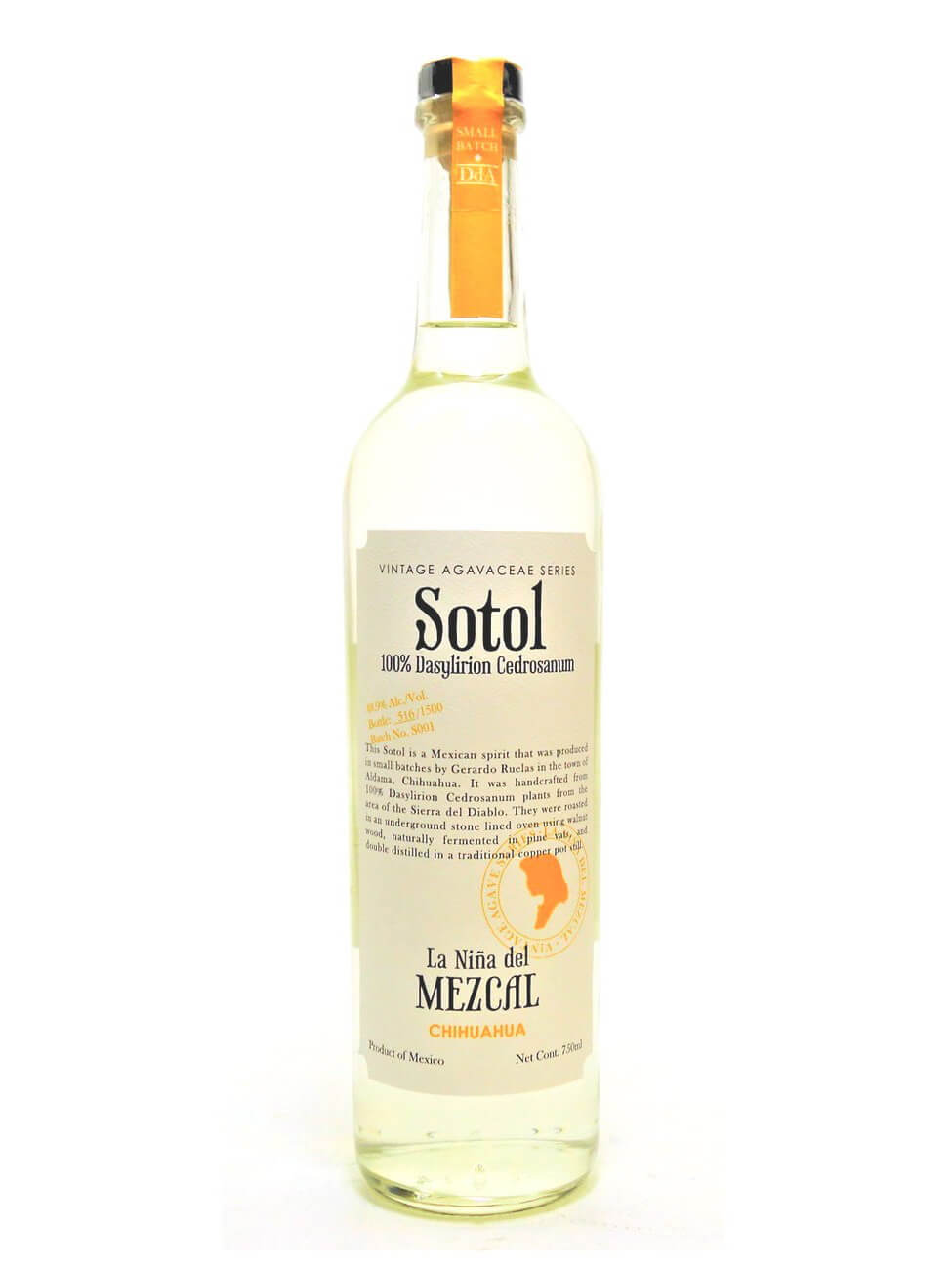
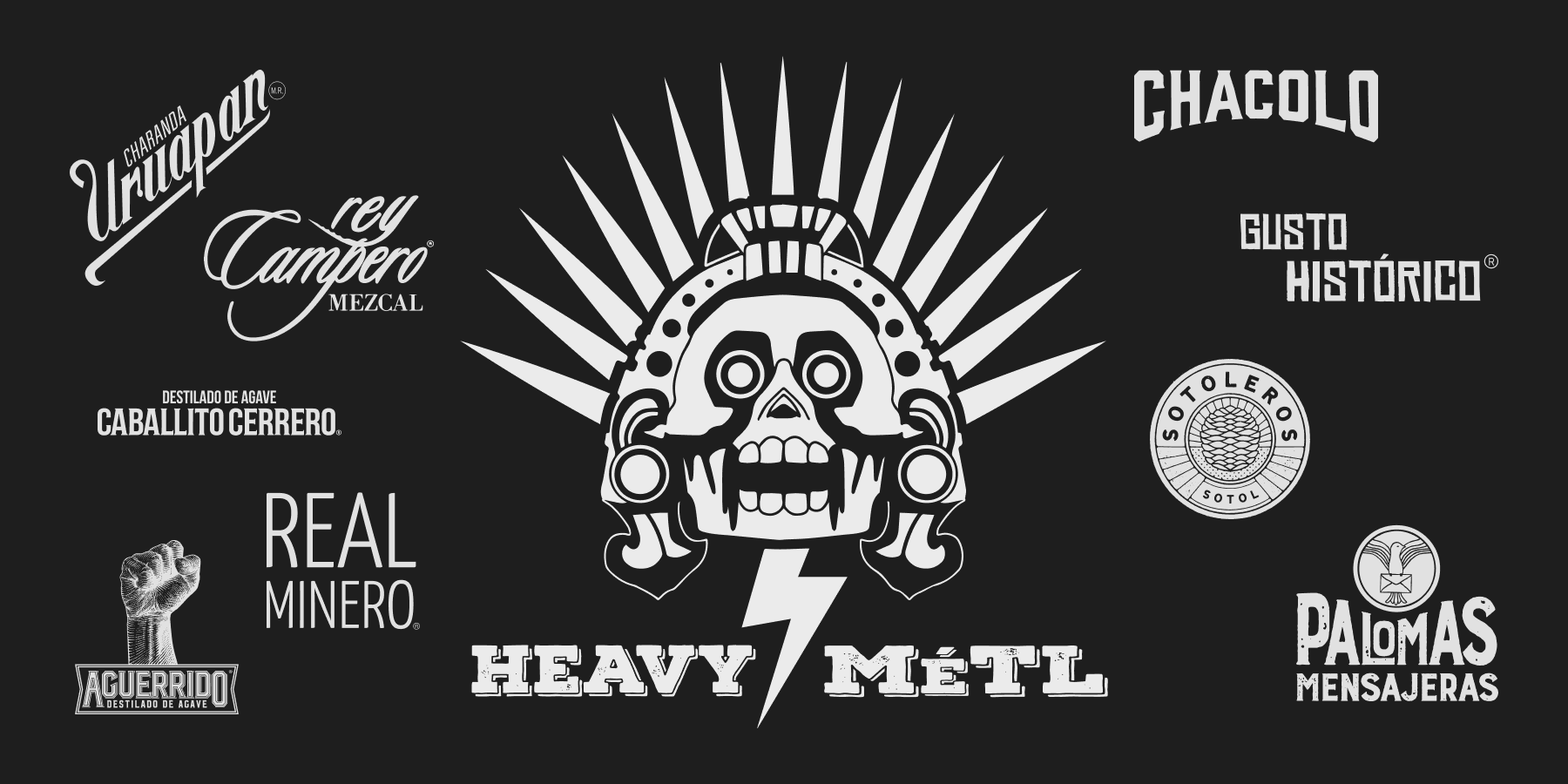
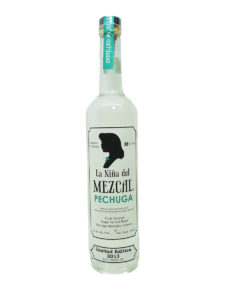
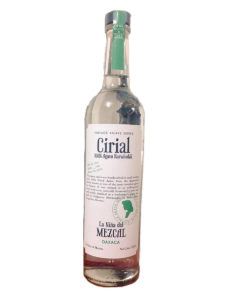
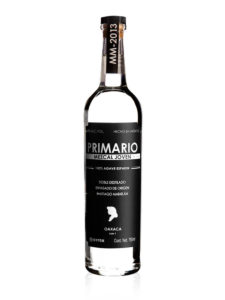
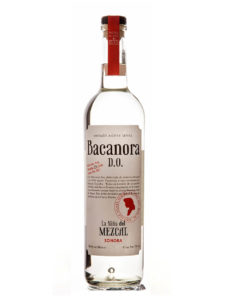
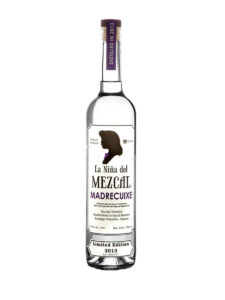
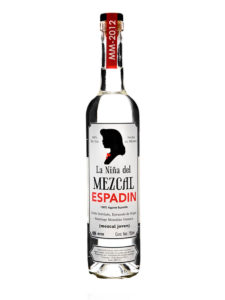
Jongers
14 reviewsGood. A little hot up front, but that quickly fades quickly into a mineral, herb, mint candy character. Slight burnt rubber and smoke character you find in a typical mezcal, but very subdued.
Hörky Båmf
20 reviewsBatch No. S001, Bottle 593/1500, 48.9% ABV. There’s an herbal-vegetal bitterness that reminds me of Rainforest Rum Bitters, a folk medicine from Belize, but nowhere near as harsh. In a ceramic copita, with plenty of time to breathe (or after the bottle has been opened for several days) it mellows out quite a bit. A sweetness develops as the bitterness fades. Has a mineral aspect in common with some of the more traditionally-made blanco tequilas. I was on the fence about it at first, but I’ve come to appreciate this sotol quite a bit and will definitely be looking for a replacement bottle, as well as others to try for comparison.
Batch No. S001, Bottle 593/1500, 48.9% ABV. There’s an herbal-vegetal bitterness that reminds me of Rainforest Rum Bitters, a folk medicine from Belize, but nowhere near as harsh. In a ceramic copita, with plenty of time to breathe (or after the bottle has been opened for several days) it mellows out quite a bit. A sweetness develops as the bitterness fades. Has a mineral aspect in common with some of the more traditionally-made blanco tequilas. I was on the fence about it at first, but I’ve